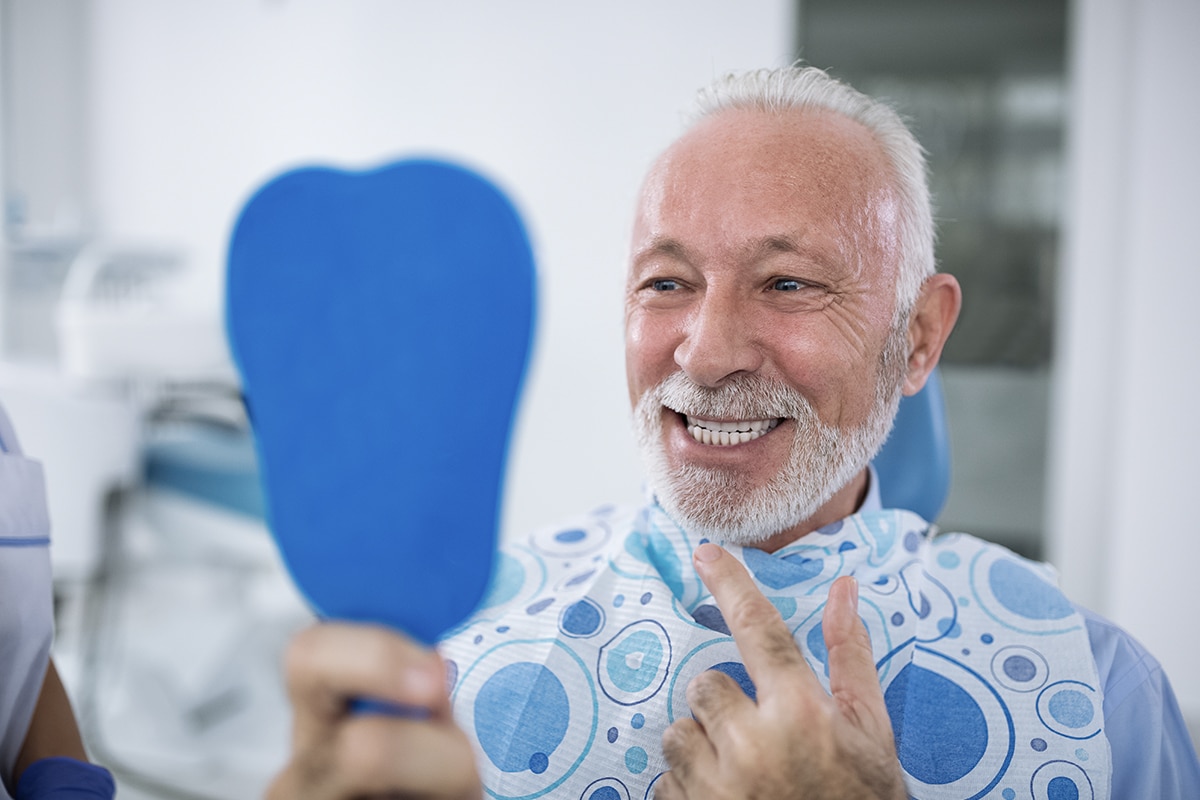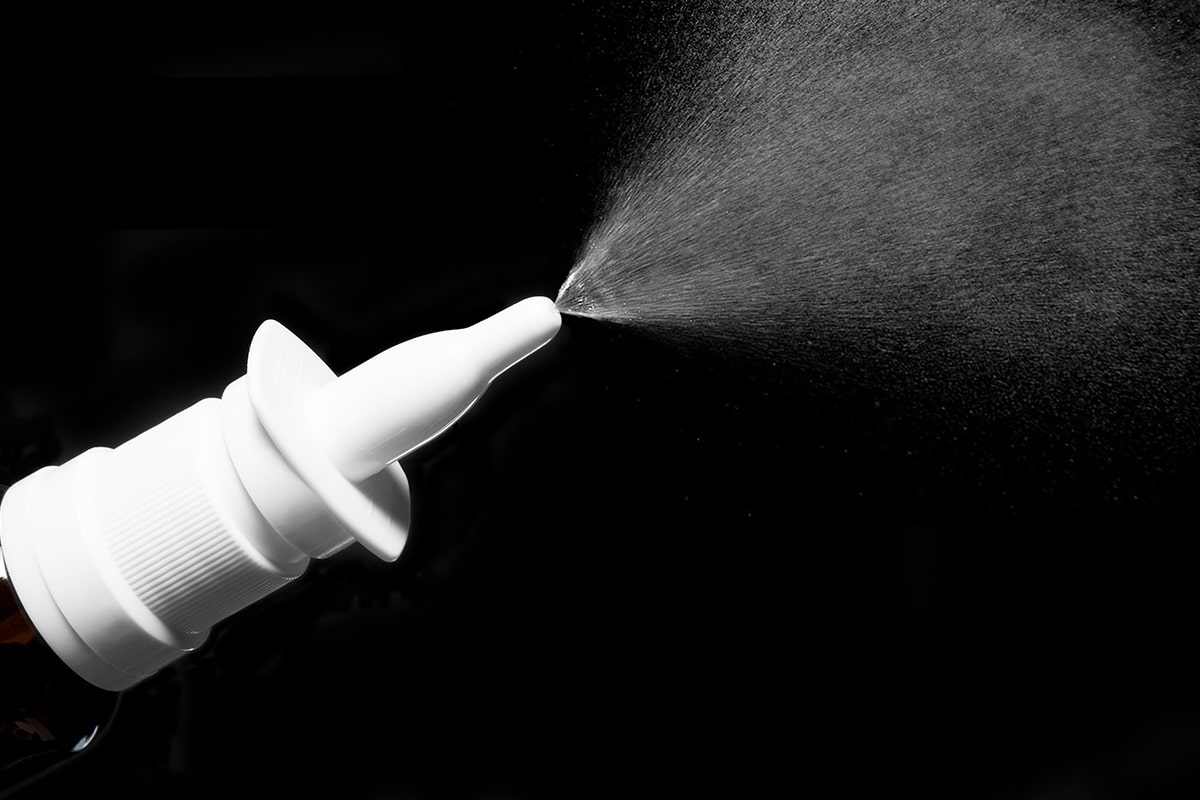Providing Topical Pain Relief for Anxious Patients
One of the most important aspects of working with anxious patients is communication.

Providing Topical Pain Relief for Anxious Patients
Fearful patients need the oral health professional to hear and understand their concerns, as well as respond in a meaningful way. Rather than a quick dismissive response, the clinician must build trust by listening carefully to understand the nature of the patient’s anxiety and acknowledge his or her concerns. If the clinician communicates in a calm and confident way, this can also reduce patient anxiety.
Photo Credit: dolgachov/ISTOCK/GETTY IMAGES PLUS

Raise Your Hand
Another helpful tip is to put patients in control by giving them the option of a hand raise on the side opposite the clinician if they need to have a pause in treatment. It is critical to stop if they raise their hand in order to build trust. By taking time to understand patients’ fears and giving them control of the situation, anxiety can be greatly reduced. Clinicians will likely need extra time to have these conversations and allow for pauses in treatment. Proceeding more slowly with fearful patients can reduce anxiety.
Photo Credit: frikota/ISTOCK/GETTY IMAGES PLUS

Needle-Free Pain Relief
Not all dental hygiene procedures require the use of injected local anesthesia. For many patients, soft tissue anesthesia is sufficient for providing nonsurgical periodontal therapy. There are two combination topical anesthetics commonly used for scaling and root planing. One is a 2.5% lidocaine/2.5% prilocaine combination that is delivered subgingivally using a blunt-tipped applicator. Once delivered into the sulcus, the liquid undergoes a thermosetting process becoming a gel form, and provides approximately 20 minutes of pain control.
Photo Credit: RobertoDavid/ISTOCK/GETTY IMAGES PLUS

Subgingival Delivery
The second formulation is a combination of 14% benzocaine, 2% butamben, and 2% tetracaine. It is also applied subgingivally, and will provide 30 minutes to 45 minutes of soft tissue anesthesia. Onset is approximately 30 seconds, and the maximum recommended dose is 0.4 mL. This combination topical gel is contraindicated in patients with allergies to esters and those at risk for methemoglobinemia. While studies have evaluated this formulation’s ability to get an area of tissue numb, its efficacy in providing pain control for dental hygiene procedures has not been studied.
Photo Credit: didesign021/ISTOCK/GETTY IMAGES PLUS

Ketone-Based Method
Dyclonine hydrochloride (HCl) is a ketone-based topical anesthetic rinse that provides widespread topical anesthesia throughout the oral cavity. Dyclonine is not necessarily a good option if periodontal pockets are deep. Because it is delivered as a rinse, subgingival anesthesia is not profound, so this is a better option for a patient with gingivitis or mild periodontitis.
Photo Credit: designer491/ISTOCK/GETTY IMAGES PLUS

Mist the Pain Away
In 2016, the United States Food and Drug Administration approved an intranasal mist for maxillary anesthesia. The mist is a combination of 3% tetracaine dyclonine hydrochloride (HCl) and 0.05% oxymetazoline HCl. The intranasal mist is used to provide anesthesia for teeth #4 to #13 and A through J in patients weighing more than 88 lbs. This provides the clinician with the ability to treat maxillary teeth anterior to the molars with a needleless approach. This method provides pulpal anesthesia, which may be better suited than topical options if the patient has dentin hypersensitivity.

